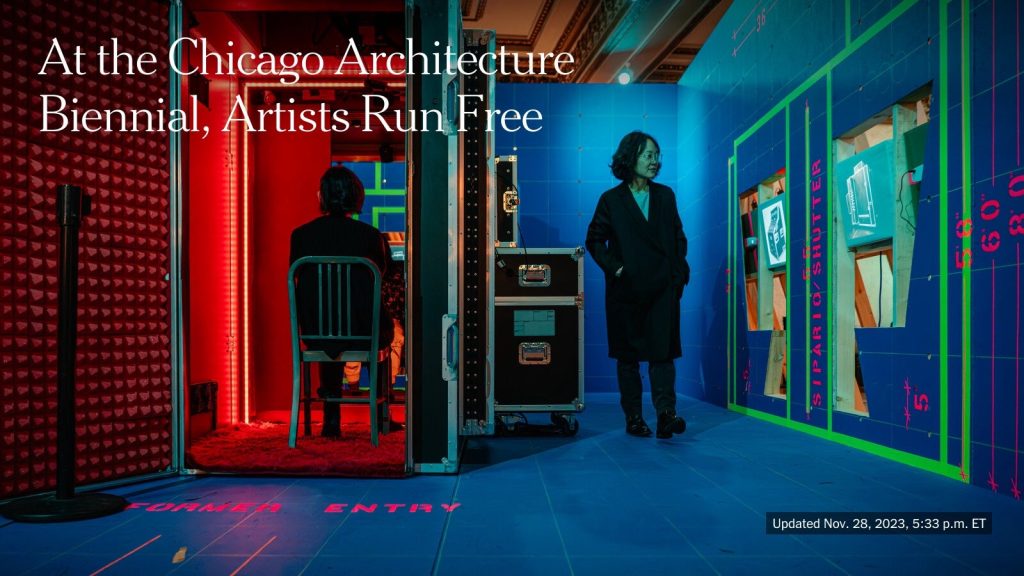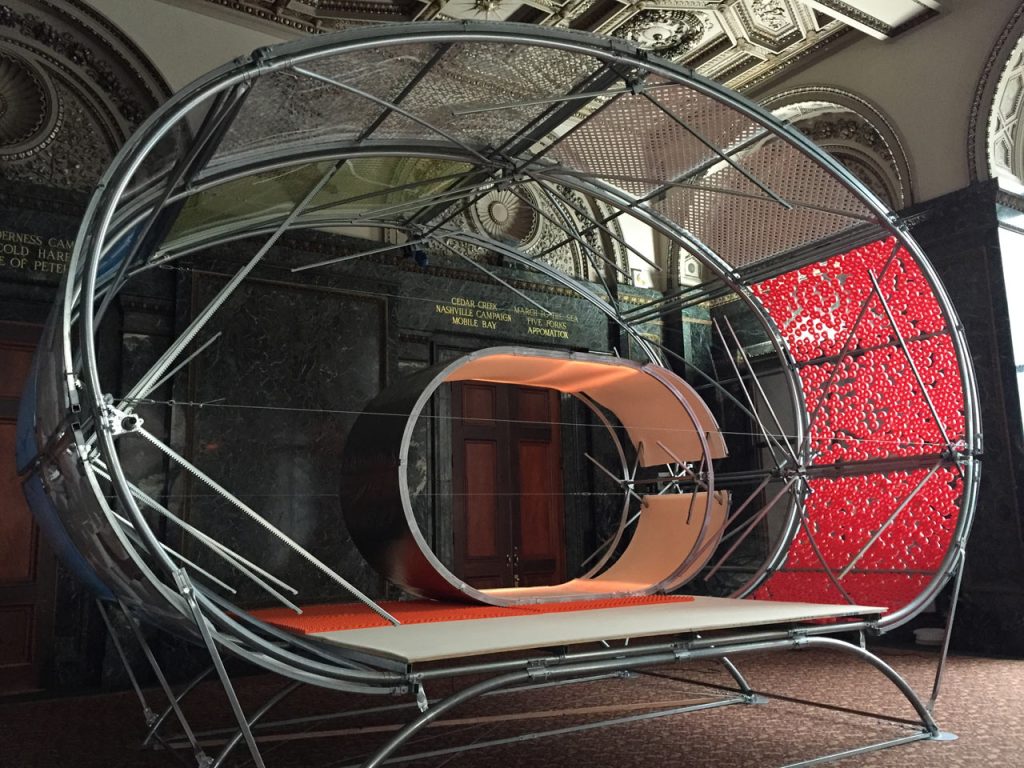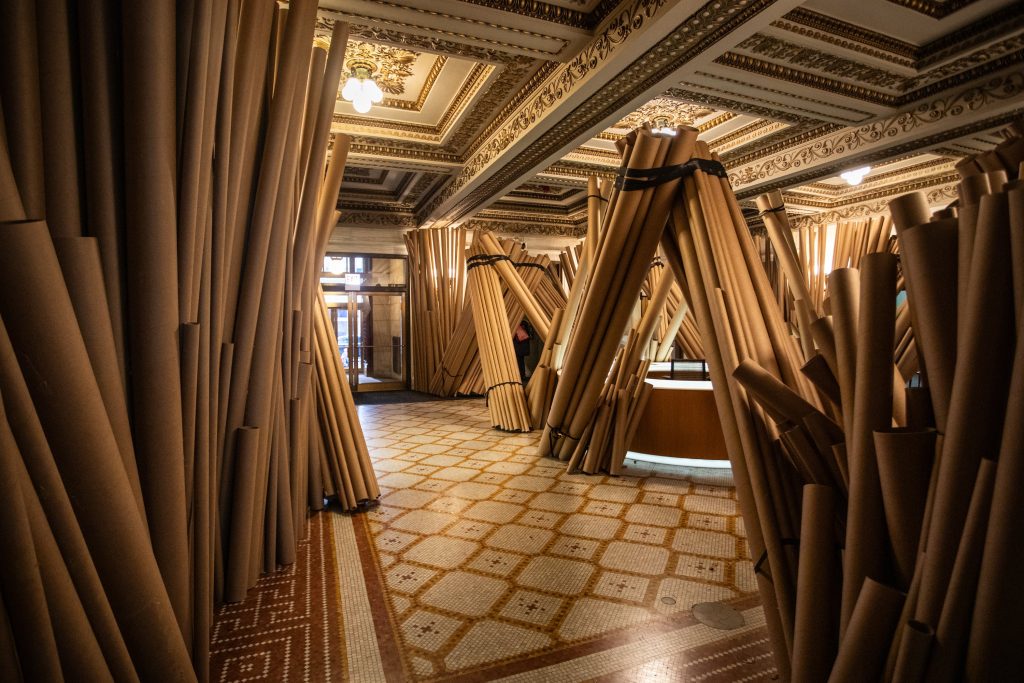The Chicago Architecture Biennial has become a global platform for showcasing innovative and boundary-pushing ideas in the world of architecture. However, in recent editions of the biennial, there has been a notable shift towards integrating art and architecture, blurring the lines between these two disciplines. This article delves into the evolving landscape of the Chicago Architecture Biennial, where artists are given the freedom to explore and experiment, resulting in captivating installations that challenge traditional notions of architecture and redefine the boundaries of the built environment.

The Chicago Architecture Biennial:
The Chicago Architecture Biennial, first launched in 2015, has quickly established itself as one of the premier events in the architectural world. Held every two years, the biennial brings together architects, designers, artists, and scholars from around the globe to present their visions and ideas for the future of architecture.
The Intersection of Art and Architecture:
Traditionally, art and architecture have been viewed as distinct disciplines, with art often seen as a decorative element within architectural spaces. However, the Chicago Architecture Biennial has embraced the convergence of these two fields, encouraging artists to explore architectural concepts and architects to incorporate artistic elements into their designs.

Artist-Led Installations:
One of the defining features of recent editions of the biennial is the prominence of artist-led installations. These installations challenge the conventional understanding of architecture by pushing the boundaries of form, materiality, and spatial experience. Artists are given the freedom to experiment with unconventional materials, engage with social and political issues, and create immersive environments that captivate visitors.
Engaging the Senses:
Artists participating in the biennial have embraced the opportunity to engage the senses of the viewers. Installations incorporate elements such as light, sound, texture, and movement to create multisensory experiences that go beyond the visual. By blurring the boundaries between art and architecture, these installations invite visitors to actively interact with the space and challenge their preconceived notions of the built environment.

Exploring Social and Political Issues:
Many artist-led installations at the Chicago Architecture Biennial tackle social and political issues, using architecture as a medium to address topics such as urbanization, inequality, sustainability, and cultural identity. These installations serve as platforms for critical discourse and inspire viewers to reflect on the role of architecture in shaping society.
Embracing Collaboration:
The integration of art and architecture at the biennial has fostered collaborations between artists, architects, and designers. These interdisciplinary collaborations result in innovative and thought-provoking projects that push the boundaries of both disciplines. By working together, artists and architects can leverage their unique perspectives and expertise to create transformative spatial experiences.

Beyond the Exhibition:
The impact of the Chicago Architecture Biennial extends beyond the exhibition itself. The installations often activate public spaces, breathing new life into neglected or underutilized areas of the city. This engagement with the urban fabric allows the biennial to have a lasting impact on the built environment and the communities it serves.
Inspiring the Future of Architecture:
The integration of art and architecture at the Chicago Architecture Biennial has inspired a new generation of architects and artists to push the boundaries of their respective fields. By witnessing the transformative potential of interdisciplinary collaborations, young practitioners are encouraged to think beyond traditional frameworks and explore the intersections of art, architecture, and social engagement.

The Chicago Architecture Biennial has emerged as a dynamic platform for the convergence of art and architecture. Through artist-led installations that challenge conventions and embrace experimentation, the biennial is redefining the boundaries of the built environment. By engaging the senses, exploring social and political issues, and fostering interdisciplinary collaborations, the biennial inspires a new generation of architects and artists to reimagine the future of architecture. As the lines between art and architecture continue to blur, the Chicago Architecture Biennial serves as a testament to the power of creativity, innovation, and collaboration in shaping our built environment.